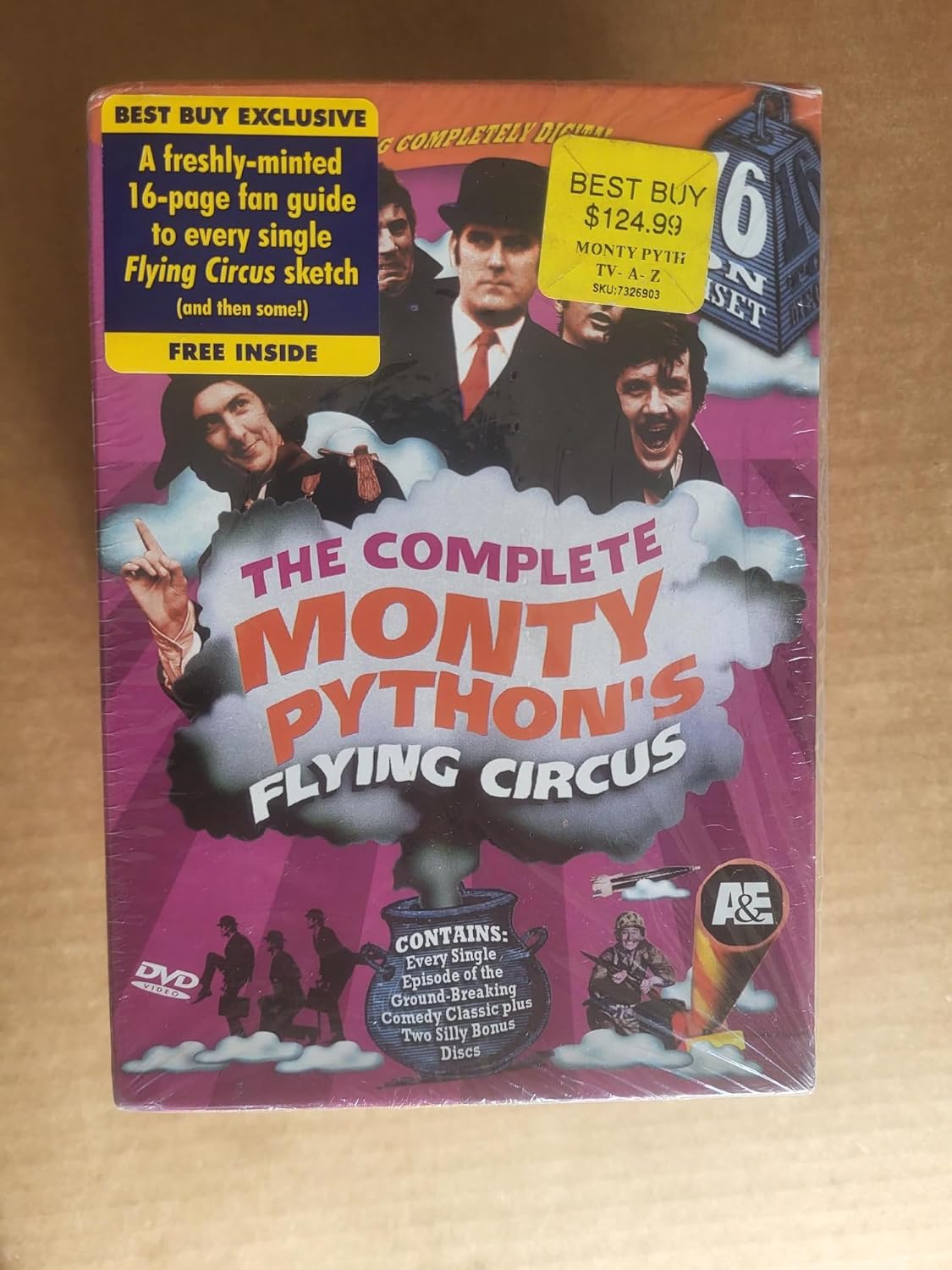 “The First Underwater Production of Measure for Measure.” “How to Recognize Different Parts of the Body.” By Monty Python et al. Perf. Terry Gilliam, John Cleese, Graham Chapman, Terry Jones, Michael Palin, and Eric Idle. Monty Python’s Flying Circus. Episode 22. BBC. 24 November 1970. DVD. New Video, 1999.
“The First Underwater Production of Measure for Measure.” “How to Recognize Different Parts of the Body.” By Monty Python et al. Perf. Terry Gilliam, John Cleese, Graham Chapman, Terry Jones, Michael Palin, and Eric Idle. Monty Python’s Flying Circus. Episode 22. BBC. 24 November 1970. DVD. New Video, 1999.
Some time ago, an alert reader asked me about film versions of
Measure for Measure—which was the best, which did I recommend, which deviates from the text in interesting ways, et cetera. To these questions, I was able to reply with a confident "The BBC Version. It's the only full version out there." I
was aware of two Italian versions, one from 1913 and one from 1943, both entitled
Dente per Dente (English translation:
Tooth for Tooth) and one German version from 1963 entitled
Zweierlei Mass (English translation:
Two Different Measures or, according to the German scholar who helped me with the title cards for the silent
Hamlet,
Twice the Amount). I also mentioned a small fragment in the BBC's
Waste of Shame (a portion of the
Shakespeare Retold series)—a speech of about twenty lines or so. But, obviously, none of these is a full, English-language version.
But my list wasn't complete. I neglected to consider this astonishing fragment: the first underwater production of
Measure for Measure! As presented by Monty Python! Hurrah!
If you listen quite carefully, you can just make out the words. They're delivering a scene from III.i—the one in which Isabella reveals to Claudio what Angelo has asked of her:
Isabella: Yes, he would give't thee, from this rank offense,
So to offend him still. This night's the time
That I should do what I abhor to name,
Or else thou diest tomorrow.
Claudio: Thou shalt not do't.
Isabella: O, were it but my life
I'd throw it down for your deliverance
As frankly as a pin.
Claudio: Thanks, dear Isabel.
Isabella: Be ready, Claudio, for your death tomorrow.
Claudio: Yes. Has he affections in him
That thus can make him bite the law by th' nose,
When he would force it? Sure it is no sin,
Or of the deadly seven it is the least. (III.i.99-110)
Monty Python, somewhat surprisingly, has done little with the works of Shakespeare—there's not enough to make a "Shakespeare and Monty Python" week, for example. And what they have done seldom rises to the level of their other work. But there are some small moments that I'll try to pass along to you in time.
Links: Monty Python's Official Site.
Click below to purchase the film from amazon.com
(and to support Bardfilm as you do so).
 William Shakespeare, 1564 to 1616. To 1956. To 1960. To 1968. To 1974.
William Shakespeare, 1564 to 1616. To 1956. To 1960. To 1968. To 1974.























